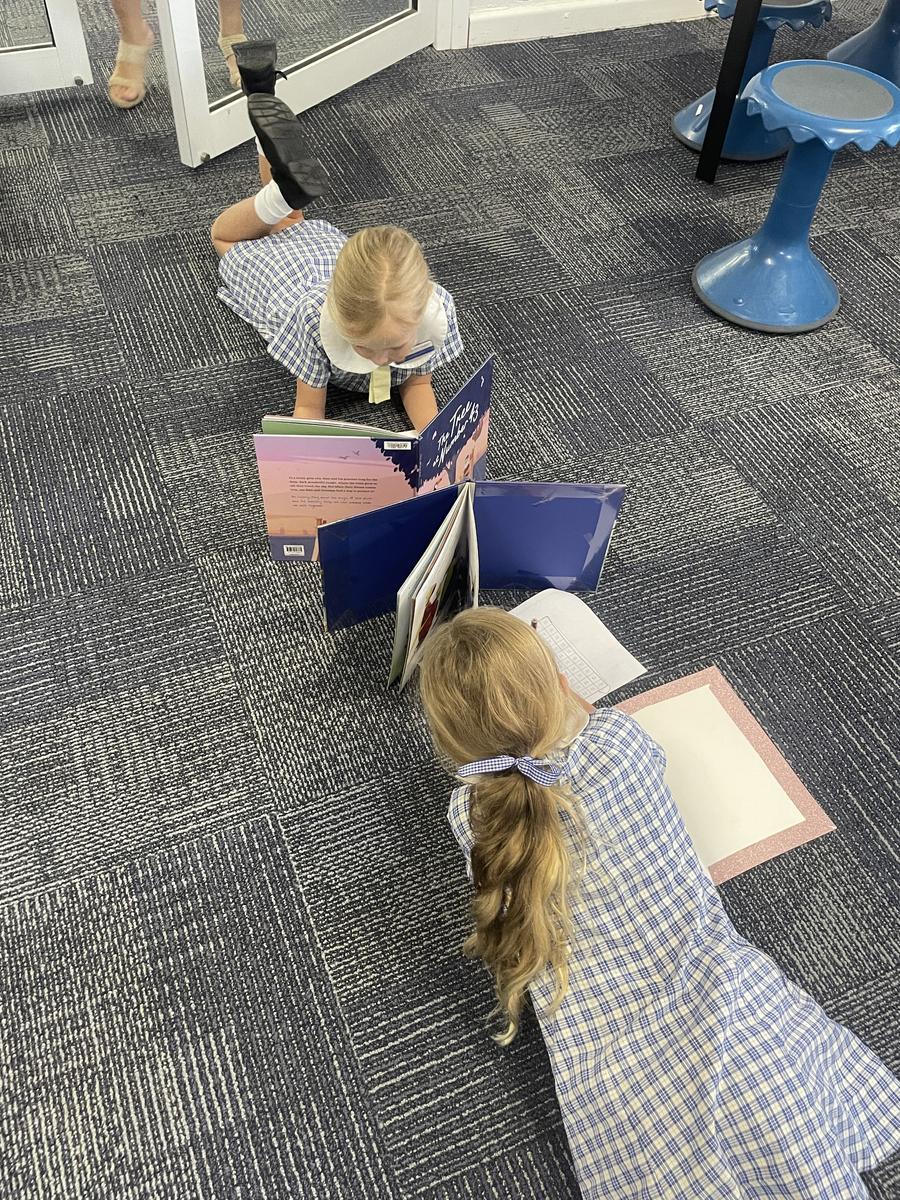Spotlight on the Classroom

Over the last three weeks K-2 have been learning about Representing Whole Number. Some ideas to start conversations about number with your child in Kindergarten are as follows:
Representing Whole Number ES1
Tips for parents:
Go on a number hunt together and discover places where numbers are used such as:
- a clock
- television
- computer keyboard
- calendar
- telephones
- car licence plates
Counting the beats to your child’s favourite song and getting them to clap their hands or stamp their feet to the beat is a fun way to get your child counting.
Counting with your child at home
- Count with your child the number of buttons as you do up a cardigan or shirt.
- Encourage your child to count the number of pegs used to hang out the washing.
- Count the number of steps from the front door to the letterbox.
- Count the number of eggs in a carton, and again after some have been removed.
- Count the number of times you and your child can throw a ball to each other without dropping it.
- Read and talk about stories and rhymes that use numbers.
- Sing songs and nursery rhymes that include numbers such as Five Little Ducks and Baa Baa Black Sheep.
- Have your child count as far as they are able to go and then encourage them to join you while you continue counting.
In Years 1 and 2, they had been building on their knowledge of Representing Whole Number also. By combining quantities in a variety of ways, students can learn there are more efficient ways to total large collections than counting one by one.
Place value is an important and fundamental concept in early number work. An appreciation of the structure of tens and hundreds forms the foundation for operating with two-digit and three-digit numbers. The focus of representing whole numbers in Stage 1 is developing a robust understanding of the composite units of 10 and 100 that make up two-digit and three-digit numbers.
Included are some tips for conversation starters or activities to do at home.
Tips for parents:
Counting tips:
- Count stairs, letter boxes,or objects in two, threes, fives and tens whenever opportunities arise;
- Put out the number of knives and forks needed for dinner and ask your child to count them in sets of two;
- Talk about numbers whenever opportunities arise. Ask questions such as “Which is bigger/smaller/the same/different?”, house numbers on long streets;
- Take note of larger numbers as they occur (e.g. house numbers, page numbers in books).
- Encourage your child to read the numbers and talk about other ways they could have been written.
- Talk about the order in which you complete everyday activities such as preparing a meal, setting the table. Use words such as first, next, last, third, to describe the sequence of actions.
- Give your child directions using the language of order eg “First put the rubbish in the bin and then go and do your homework”.
- Ask your child to arrange objects in order, eg the family’s shoes. Talk about the order using words like first, second, third, last.
Stay tuned for more Marvellous Maths in Primary in Week 11











